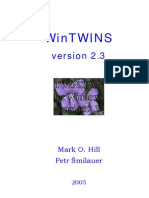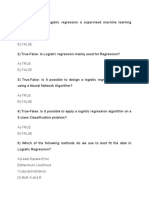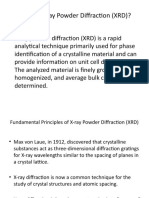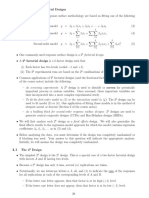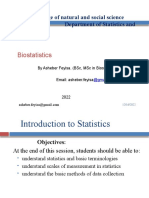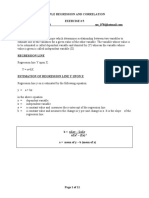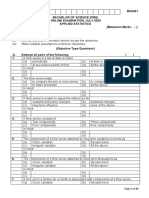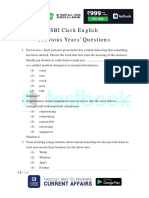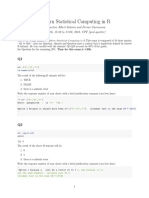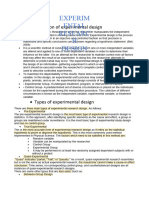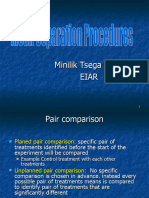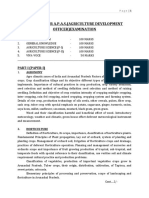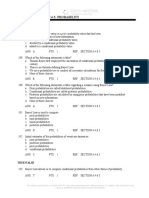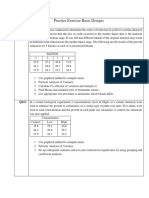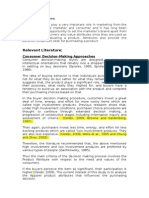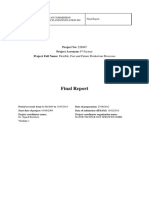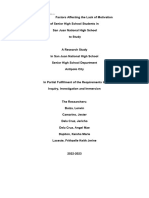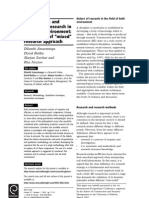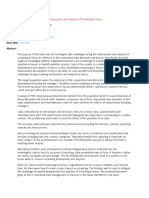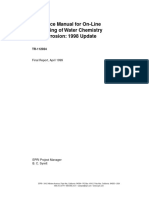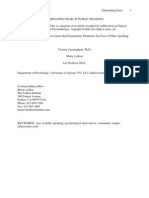0% found this document useful (0 votes)
699 views5 pagesStat-703 - Assignment - 2
1. The document describes several experiments involving different factors and treatments related to agriculture and chemistry.
2. Questions are provided for each experiment that require analyzing the data using ANOVA, testing hypotheses, and drawing conclusions.
3. The experiments involve factors such as fertilizer type, irrigation method, sulfur application amount, and chemical agents to test their effects on various crop yields and material properties.
Uploaded by
SnipoCopyright
© © All Rights Reserved
We take content rights seriously. If you suspect this is your content, claim it here.
Available Formats
Download as DOCX, PDF, TXT or read online on Scribd
0% found this document useful (0 votes)
699 views5 pagesStat-703 - Assignment - 2
1. The document describes several experiments involving different factors and treatments related to agriculture and chemistry.
2. Questions are provided for each experiment that require analyzing the data using ANOVA, testing hypotheses, and drawing conclusions.
3. The experiments involve factors such as fertilizer type, irrigation method, sulfur application amount, and chemical agents to test their effects on various crop yields and material properties.
Uploaded by
SnipoCopyright
© © All Rights Reserved
We take content rights seriously. If you suspect this is your content, claim it here.
Available Formats
Download as DOCX, PDF, TXT or read online on Scribd
/ 5


